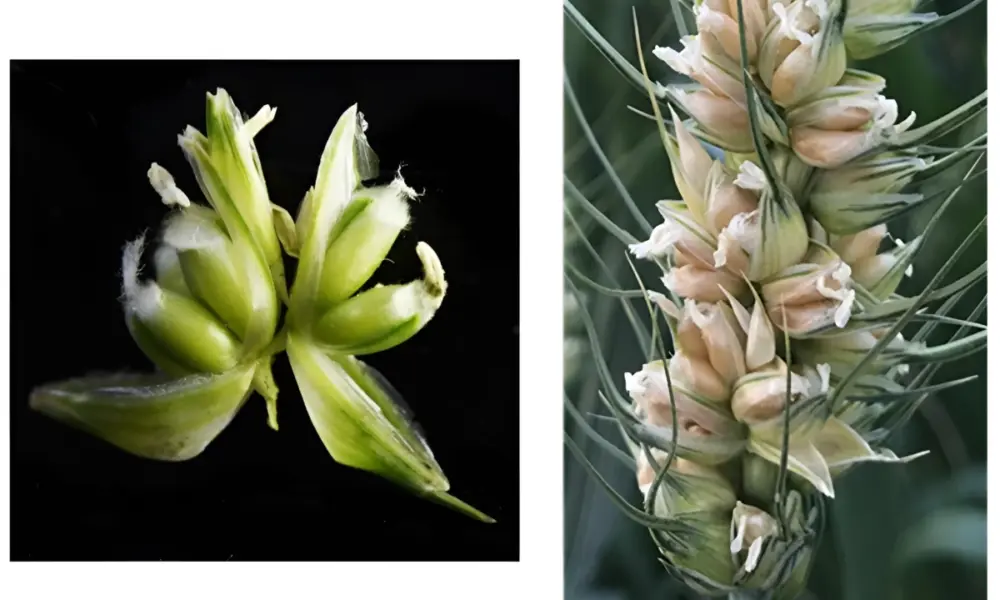Researchers at the University of Maryland have made a significant breakthrough that could potentially triple grain yields from wheat plants without requiring additional land, water, or fertilizer. This advancement is rooted in the discovery of a genetic mechanism that allows wheat plants to produce multiple grains from each floret.
Typically, an ordinary wheat plant’s seed head has florets that yield a single grain, with each floret producing one ovary. However, in certain mutant wheat plants known as multi-ovary (MOV) wheat, each floret can produce up to three grains. The challenge until now has been understanding the genetic basis for this mutation.
Genetic Discovery
The research team meticulously mapped the DNA of MOV wheat and contrasted it with that of conventional bread wheat. Their analysis revealed that a previously dormant gene, known as WUSCHEL-D1 (WUS-D1), is activated in MOV wheat. This gene plays a crucial role in enhancing the development of female flower parts, such as pistils and ovaries, which are essential for grain production.
Assoc. Prof. Vijay Tiwari, a co-author of the study, emphasized the significance of this discovery. “Pinpointing the genetic basis of this trait offers a path for breeders to incorporate it into new wheat varieties, potentially increasing the number of grains per spike and overall yield,” he stated.
The implications of activating the WUS-D1 gene in cultivated wheat could be transformative. If successfully implemented, this could lead to a new generation of wheat plants that significantly outproduce their traditional counterparts.
Future Prospects
The findings were published in the journal Proceedings of the National Academy of Sciences, highlighting the scientific community’s interest in the potential to enhance food security through genetic advancements in staple crops. The research opens avenues for utilizing advanced gene editing techniques to refine and maximize this trait in wheat cultivation.
This breakthrough not only promises to increase grain yields but also addresses the pressing global challenge of food scarcity. As the world’s population continues to grow, innovations in agriculture such as this are vital for ensuring sustainable food production in the coming years.
By leveraging this genetic insight, scientists and agriculturalists hope to develop wheat varieties that are not only more productive but also resilient to changing environmental conditions, ultimately benefiting farmers and consumers alike.







